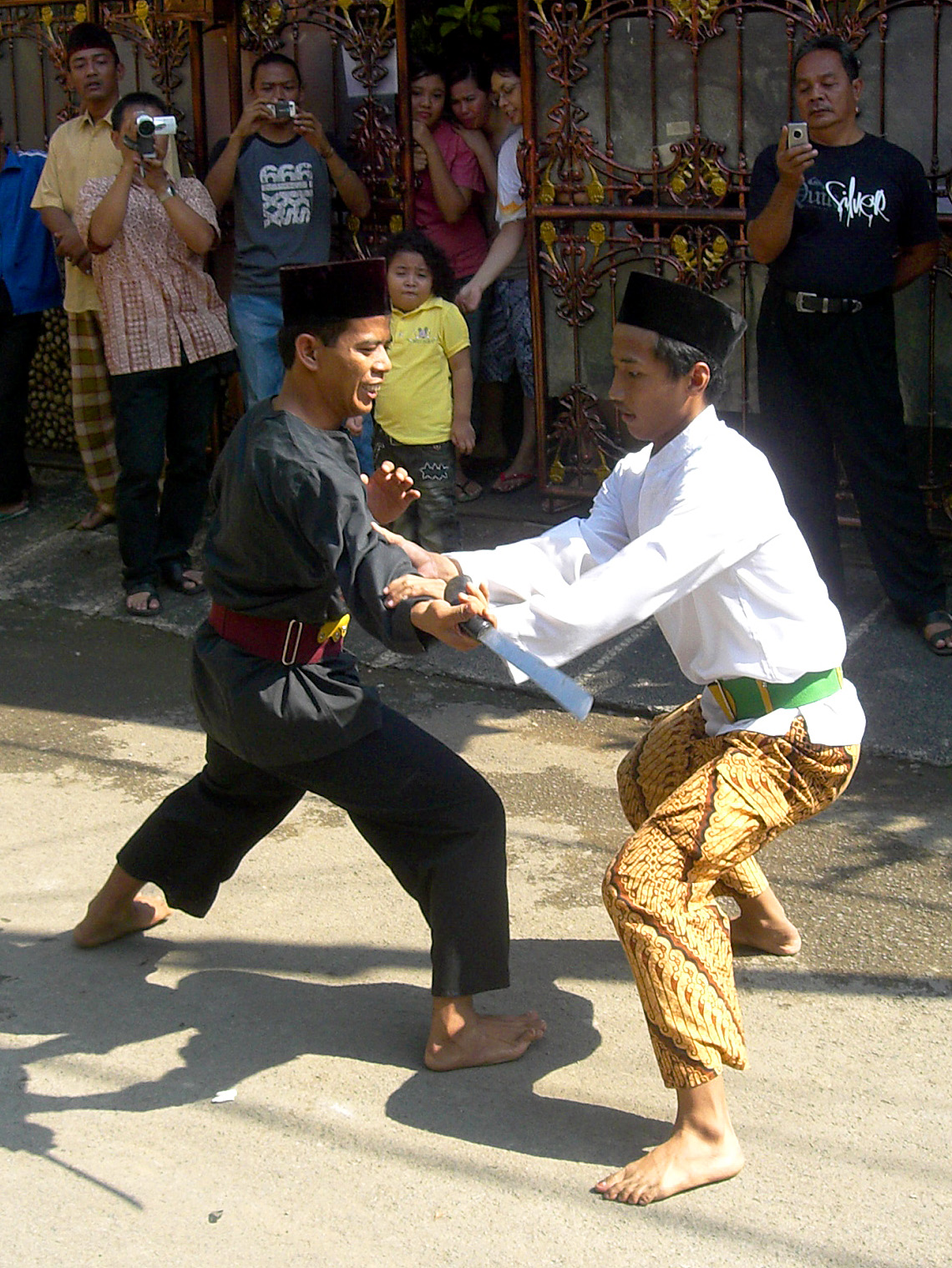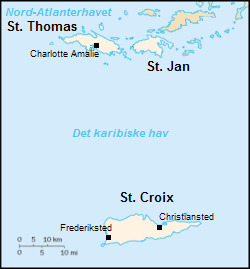|
Cane Knife
A cane knife is a large hand-wielded cutting tool similar to a machete. Its use is prevalent in the harvesting of sugarcane in dominant cane-growing countries such as Peru, Brazil, Colombia, Australia, South Africa, Ecuador, Cuba, Jamaica, the Philippines and parts of the United States, especially Louisiana and Florida, as well as Hawaii. It is the primary tool used in countries that do not employ mechanical means for harvesting cane. In the Philippines, particularly in Negros Island, itinerant sugarcane cutters called ''sacadas'' employ this blade, which they call an ''espading''. The term is borrowed from the Spanish word ''espada'', meaning "sword", while in Tagalog it is called ''palang''. In the South Pacific, the metal hook of the cane knife was melded with the indigenous serrated warclub, resulting in the hook-bladed weapon used in modern Samoan fire knife dancing. Design A typical cane knife is characterized by a hardwood handle, a full tang, a deep blade and a hook a ... [...More Info...] [...Related Items...] OR: [Wikipedia] [Google] [Baidu] |
Fire Knife
The fire knife is a traditional Samoan cultural implement that is used in ceremonial dances. It was originally composed of a machete wrapped in towels on both ends with a portion of the blade exposed in the middle. Tribal performers of fire knife dancing (or ''Siva Afi'' or even "Ailao Afi" as it is called in Samoa) dance while twirling the knife and doing other acrobatic stunts. The towels are set afire during the dances, hence the name. History Polynesian historians and authorities on Samoan cultural history state that the training of Toa warriors in the art of hand to hand combat with the Nifo Oti, the serrated-edged Samoan war club, came into prominence between 900 - 1200 AD. It was the favorite weapon of the Tui Manu'a Empire in the time of King Maui Tagote of the Eastern Samoan Island groupThese war clubs were often edged with the teeth of sharks, saw fish, swordfish, and other sea creatures. The Siva Afi was originally performed with the Nifo Oti, which was very dan ... [...More Info...] [...Related Items...] OR: [Wikipedia] [Google] [Baidu] |
Filipino Swords
Filipino may refer to: * Something from or related to the Philippines ** Filipino language, standardized variety of 'Tagalog', the national language and one of the official languages of the Philippines. ** Filipinos, people who are citizens of the Philippines or are of Filipino descent. Other uses * Filipinos (snack food), branded cookies manufactured in Europe See also * * * Filipinas (other) Filipinas may refer to: * ''Filipinas, letra para la marcha nacional'', the Spanish poem by José Palma that eventually became the Filipino national anthem. * The original Spanish name, and also used in different Philippines languages including ... {{disambiguation Language and nationality disambiguation pages ... [...More Info...] [...Related Items...] OR: [Wikipedia] [Google] [Baidu] |
Golok
A golok is a cutting tool, similar to a machete, that comes in many variations and is found throughout the Malay archipelago. It is used as an agricultural tool as well as a weapon. The word ''golok'' (sometimes misspelled in English as "gollock") is used in Indonesia and Malaysia and (spelled ''gulok'') in the Philippines. Both in Malaysia and in Indonesia, the term is usually interchangeable with the longer and broader parang. In the Sundanese region of West Java it is known as ''bedog''. Description Sizes and weights vary, as does blade shape, but the typical length is 25 to 50 centimeters. Golok tend to be heavier and shorter than parang or common machetes, often being used for bush and branch cutting. Most traditional golok use a convex edge or an edgewise taper, where the blade is less likely to get stuck in green wood than flat edged machetes. The blade is heaviest in the centre and flows away in a curve to a sharp point at the tip. Golok are traditionally made with a sp ... [...More Info...] [...Related Items...] OR: [Wikipedia] [Google] [Baidu] |
Kukri
The kukri () or khukuri ( ne, खुकुरी, ) is a type of machete with a distinct recurve in its blade. It serves multiple purposes as a melee weapon and also as a regular cutting tool throughout most of South Asia. The ''kukri'', ''khukri'', and ''kukkri'' spellings are of Indian English origin, with the original Nepalese English spelling being ''khukuri''. Originating from the Indian subcontinent, the kukri is the national weapon of Nepal, traditionally serving the role of a basic utility knife for the Nepali-speaking Gurkhas, and consequently is a characteristic weapon of the Nepali Army. There have been, and still are many myths surrounding the kukri since its earliest recorded use in the 7th century—most notably that a traditional custom revolves around the blade in which it must draw blood, owing to its sole purpose as a fighting weapon, before being sheathed. However, they are frequently used as regular utility tools. History Researchers trace the o ... [...More Info...] [...Related Items...] OR: [Wikipedia] [Google] [Baidu] |
Barbados
Barbados is an island country in the Lesser Antilles of the West Indies, in the Caribbean region of the Americas, and the most easterly of the Caribbean Islands. It occupies an area of and has a population of about 287,000 (2019 estimate). Its capital and largest city is Bridgetown. Inhabited by Kalinago people since the 13th century, and prior to that by other Amerindians, Spanish navigators took possession of Barbados in the late 15th century, claiming it for the Crown of Castile. It first appeared on a Spanish map in 1511. The Portuguese Empire claimed the island between 1532 and 1536, but abandoned it in 1620 with their only remnants being an introduction of wild boars for a good supply of meat whenever the island was visited. An English ship, the ''Olive Blossom'', arrived in Barbados on 14 May 1625; its men took possession of the island in the name of King James I. In 1627, the first permanent settlers arrived from England, and Barbados became an English and lat ... [...More Info...] [...Related Items...] OR: [Wikipedia] [Google] [Baidu] |
Australia
Australia, officially the Commonwealth of Australia, is a Sovereign state, sovereign country comprising the mainland of the Australia (continent), Australian continent, the island of Tasmania, and numerous List of islands of Australia, smaller islands. With an area of , Australia is the largest country by area in Oceania and the world's List of countries and dependencies by area, sixth-largest country. Australia is the oldest, flattest, and driest inhabited continent, with the least fertile soils. It is a Megadiverse countries, megadiverse country, and its size gives it a wide variety of landscapes and climates, with Deserts of Australia, deserts in the centre, tropical Forests of Australia, rainforests in the north-east, and List of mountains in Australia, mountain ranges in the south-east. The ancestors of Aboriginal Australians began arriving from south east Asia approximately Early human migrations#Nearby Oceania, 65,000 years ago, during the Last Glacial Period, last i ... [...More Info...] [...Related Items...] OR: [Wikipedia] [Google] [Baidu] |
Zafra (agriculture)
The ''zafra'' is the late summer or early autumn harvest; the term is common in countries with Arabic or Spanish influence. In the Caribbean, the term generally refers to the sugar cane harvest. There, the ''zafra'' runs from January through May, whereas in the Mediterranean it occurs in September to October. In each case, however, the ''zafra'' was closely tied to the life cycle of sugar cane. Because in the Caribbean sugar cane is ready for harvest at a time of year different from in Spain or North Africa, the meaning of the term has shifted. The term became well-known internationally during the 1960s due to its importance in Cuba. Many leftists visited Cuba during the ''zafra'' season to help harvest sugar cane, Cuba's principal crop. The Cuban government for several decades made the ''La Gran Zafra'' 'The Great Zafra' a centerpiece of both its economic policy and its international relations campaign. Each year, the government urged everyone to help make the ''zafra'' the big ... [...More Info...] [...Related Items...] OR: [Wikipedia] [Google] [Baidu] |
Fireburn
The 1878 St. Croix labor riot, locally also known as Fireburn, was a labor riot on Saint Croix, one of the Virgin Islands, then part of the Danish West Indies. The revolt started on October 1, 1878 and was suppressed after several days of looting and burning. Among the leaders were several women – "Queen Mary" Thomas, "Queen Agnes" Salomon, and "Queen Mathilda" McBean – who became known as "Queens of the Fireburn". Events leading up to the riot In July 1848, the slaves of Danish West Indies staged a protest and gained their freedom. For many laborers this freedom would be short-lived, as plantation owners quickly began devising new regulations. The now free laborers were forced, by law, to sign contracts which bound them and their families to the plantations on which they worked. By signing these contracts, the laborers became debt peons slaves again, in all but name. Contract Day In October 1878, laborers gathered in Frederiksted to demand higher wages and better working cond ... [...More Info...] [...Related Items...] OR: [Wikipedia] [Google] [Baidu] |
Mary Thomas (labor Leader)
Mary Thomas, known as Queen Mary, (ca. 1848–1905) was one of the leaders of the 1878 "Fireburn" labor riot, or uprising, on the island of St. Croix in the Danish West Indies. Mary Thomas was from Antigua and arrived in St. Croix in the 1860s to take work on the plantations in the island. In 1878 she resided at the Sprat Hall plantation. She had three children but never married. Before the uprising, she had been sentenced for theft and for mistreating her children.Albert Scherfig & Nicklas Weis Damkjær. 2016. "Kvinderne i Danmarks største arbejderopstand" FRIKTION/ref> Historians have suggested that such sentences were used by the authorities to discredit people who opposed the authorities. After the 1848 emancipation of enslaved Africans in the Danish West Indies, an 1849 labor law fixed salaries and labor conditions for all plantation workers and prohibited bargaining for better wages or work conditions. This made plantation work unattractive, and many workers opted to lea ... [...More Info...] [...Related Items...] OR: [Wikipedia] [Google] [Baidu] |
Danish West Indies
The Danish West Indies ( da, Dansk Vestindien) or Danish Antilles or Danish Virgin Islands were a Danish colony in the Caribbean, consisting of the islands of Saint Thomas with ; Saint John ( da, St. Jan) with ; and Saint Croix with . The islands have belonged to the United States since they were purchased in 1917. Water Island was part of the Danish West Indies until 1905, when the Danish state sold it to the East Asiatic Company, a private shipping company. The Danish West India-Guinea Company annexed uninhabited St. Thomas in 1672; annexed St. John in 1718; and bought St. Croix from France (King Louis XIV) on June 28, 1733. When the Danish West India-Guinea Company went bankrupt in 1754, King Frederik V of Denmark–Norway assumed direct control of the three islands. Britain occupied the Danish West Indies in 1801–02 and 1807–15 during the Napoleonic Wars. Danish colonizers in the West Indies aimed to exploit the profitable triangular trade, involving the export ... [...More Info...] [...Related Items...] OR: [Wikipedia] [Google] [Baidu] |


